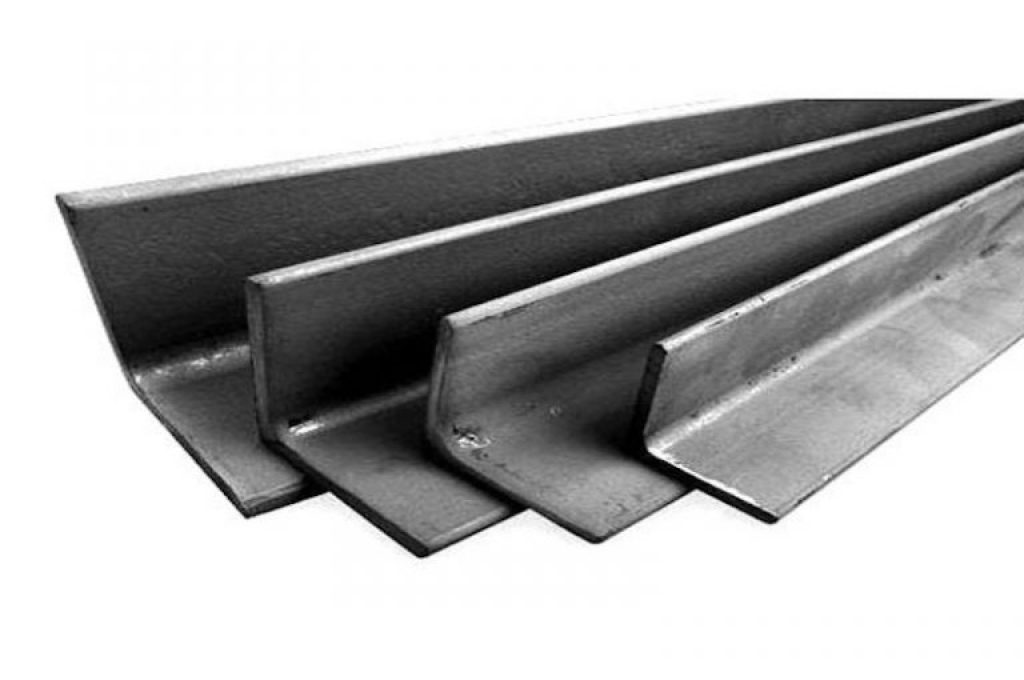
MS ANGLE
Brands
- SAIL - STEEL AUTHORITY OF INDIA
- APOLLO
- JINDAL
- ISI
- JSW
- TATA
- & Many More
Angle sections are L-shaped steel bars commonly used to create corner braces, frames, and supporting structures.
Angles in Construction: Enhancing Structural Integrity and Design Flexibility
Angles are essential components in structural engineering and construction, offering versatility, strength, and design flexibility. Let’s delve into the various types of angles, their properties, applications, and the advantages they bring to building projects.
Introduction to Angles in Construction
Angles, also known as L-shaped profiles, are structural elements used in various construction applications to provide support, bracing, and framing solutions. They are crucial for maintaining structural integrity and stability in buildings, bridges, towers, and industrial structures.
Types of Angles and Their Applications
Equal Angles
Equal angles have equal leg lengths and are commonly used in load-bearing structures, frames, and supports where symmetrical strength distribution is required.
Unequal Angles
Unequal angles have unequal leg lengths and are utilized in applications where specific load distributions or angle configurations are necessary.
L-Shaped Angles
L-shaped angles, or right angles, are fundamental for framing, bracing, and connection elements in construction projects.
Tapered Angles
Tapered angles, with varying leg lengths, offer design flexibility and are used in applications requiring customized angle profiles.
Properties and Characteristics of Angles
Angles exhibit properties such as high tensile strength, torsional stability, and resistance to bending, making them ideal for supporting structural loads and resisting external forces.
Advantages of Using Angles in Structural Engineering
- Versatility in design configurations
- Efficient load-bearing capacity
- Easy integration with other structural elements
- Design flexibility for complex structures
Considerations When Selecting Angles for Construction Projects
When selecting angles for construction projects, factors such as load-bearing capacity, corrosion resistance, and aesthetic considerations must be evaluated to ensure optimal performance and longevity.
Installation and Welding Techniques for Angles
Angles can be installed using various techniques, including bolting, welding, and adhesive bonding. Proper installation methods ensure structural integrity and safety.
Emerging Trends in Angles: Innovations and Future Outlook
Stay informed about emerging trends in angles, such as advancements in material technology, sustainable angle profiles, and digital integration for enhanced structural analysis and design optimization.
Enhancing Structural Integrity and Design Flexibility with Angles
Angles play a crucial role in enhancing structural integrity, design flexibility, and load-bearing capacity in construction projects. By leveraging the right types of angles, considering key factors during selection, and staying updated on industry trends, builders can achieve superior structural performance and design excellence


